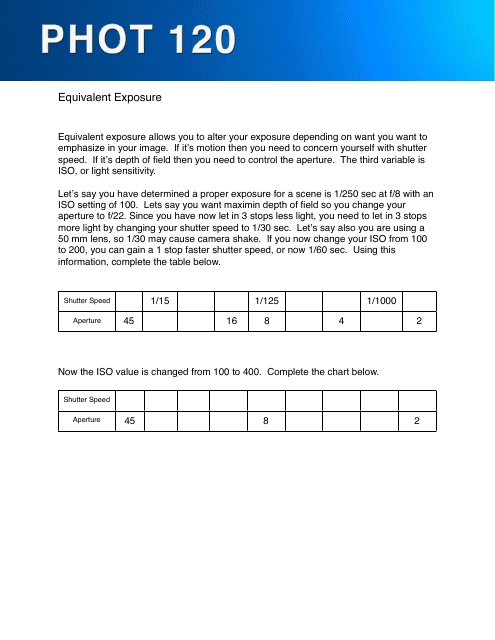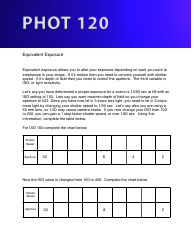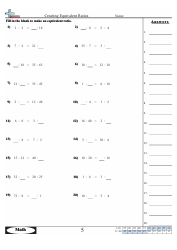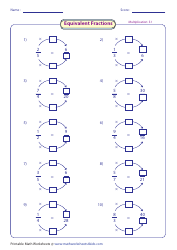Equivalent Exposure Worksheet
The Equivalent Exposure Worksheet is used to assess potential hazards and exposures in the workplace. It helps determine the level of risk to workers from various factors such as chemicals, noise, or physical hazards. By identifying and quantifying these exposures, employers can take necessary measures to protect the health and safety of their employees.
In the United States, the Equivalent Exposure Worksheet is typically filed by a qualified occupational health professional or a trained safety personnel.
FAQ
Q: What is an Equivalent Exposure Worksheet?
A: An Equivalent Exposure Worksheet is a document used to assess the potential health and safety risks from exposure to hazardous substances or conditions in the workplace.
Q: Why is an Equivalent Exposure Worksheet important?
A: An Equivalent Exposure Worksheet is important because it helps employers identify and evaluate potential hazards in the workplace, and develop appropriate control measures to protect workers' health and safety.
Q: What information is typically included in an Equivalent Exposure Worksheet?
A: An Equivalent Exposure Worksheet typically includes information about the hazardous substances or conditions present in the workplace, levels of exposure, potential health effects, and control measures.
Q: Who is responsible for completing an Equivalent Exposure Worksheet?
A: Employers are typically responsible for completing Equivalent Exposure Worksheets, as part of their overall responsibility to provide a safe and healthy work environment.
Q: Are Equivalent Exposure Worksheets required by law?
A: While the specific requirements may vary depending on the jurisdiction and industry, many regulations and standards require employers to assess and control exposure to hazardous substances or conditions in the workplace, which can be accomplished through the use of Equivalent Exposure Worksheets.




